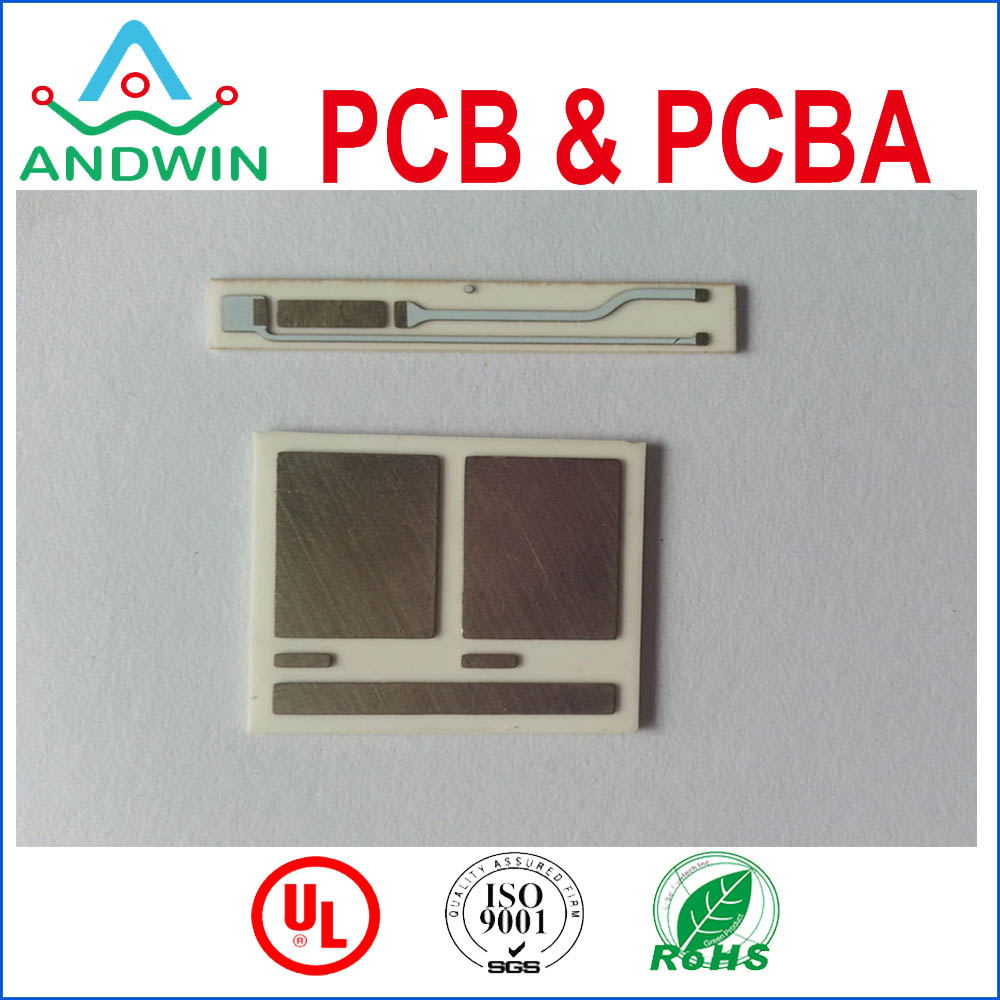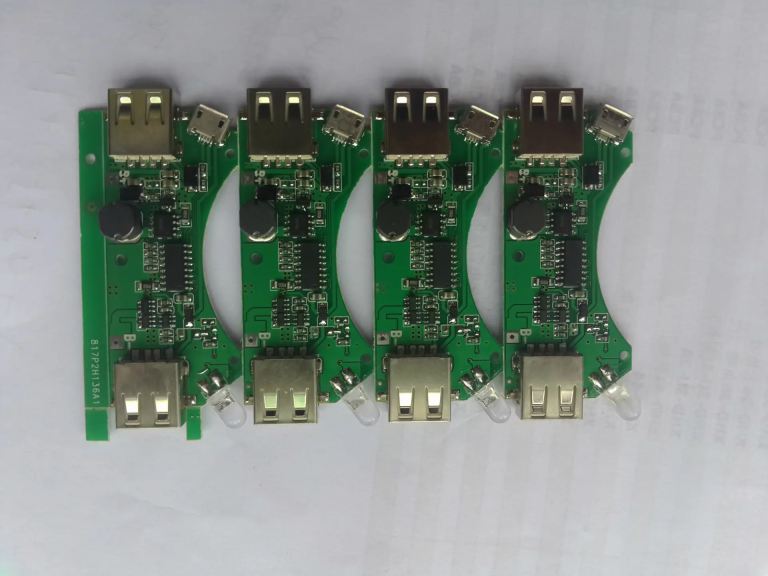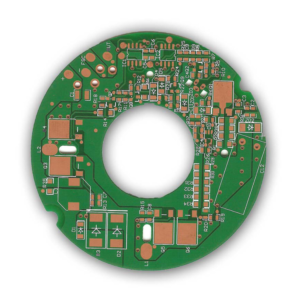Aluminum pcb manufacturing process
What is aluminum pcb manufacturing process
Aluminum PCB (Printed Circuit Board) manufacturing process involves the following steps:

1. Design: The first step is to design the circuit board using a computer-aided design (CAD) software.
The design includes the placement of components and the routing of traces.
2. Substrate preparation: The aluminum substrate is cleaned and prepared for the next step.
3. Drilling: Holes are drilled into the substrate for the placement of components.
4. Electroless deposition: A thin layer of copper is deposited on the substrate using an electroless deposition process.
5. Imaging: The circuit board design is transferred onto the copper layer using a photolithography process.
6. Etching: The unmasked copper is etched away, leaving only the desired circuit pattern.
7. Plating: A layer of copper is plated onto the circuit pattern to increase its thickness.

8. Solder mask application: A solder mask is applied to the circuit board to protect the copper traces from oxidation and to prevent solder bridging.
9. Silk screen printing: The board is silk-screened with component designators, logos, and other markings.
10. Surface finish: A surface finish is applied to the board to improve its solderability and to protect it from corrosion.
11. Electrical testing: The board is electrically tested to ensure that all connections are working properly.
12. Final inspection: The board is visually inspected for any defects or imperfections.

Once the aluminum PCB manufacturing process is complete, the board is ready for assembly with electronic components.







